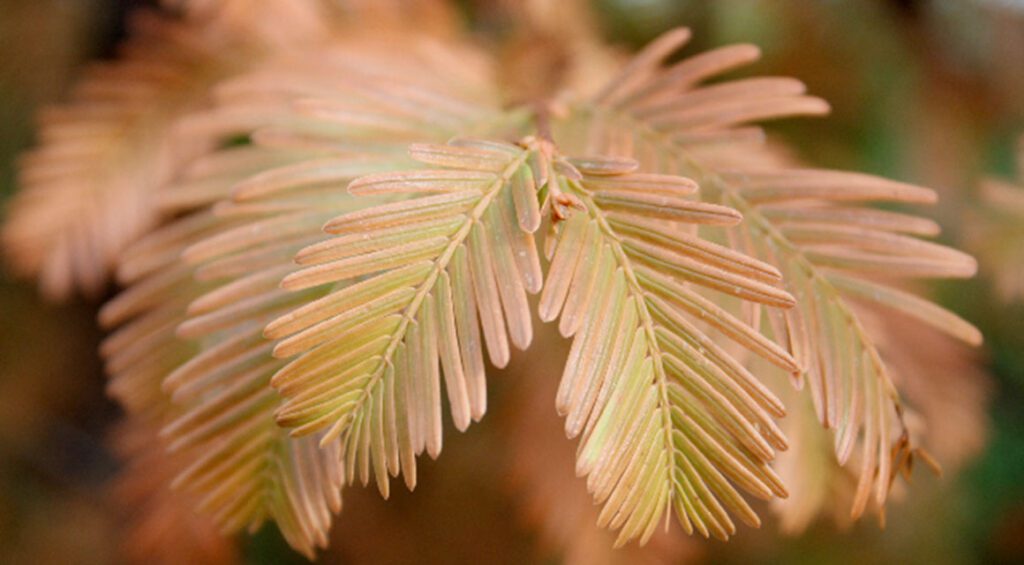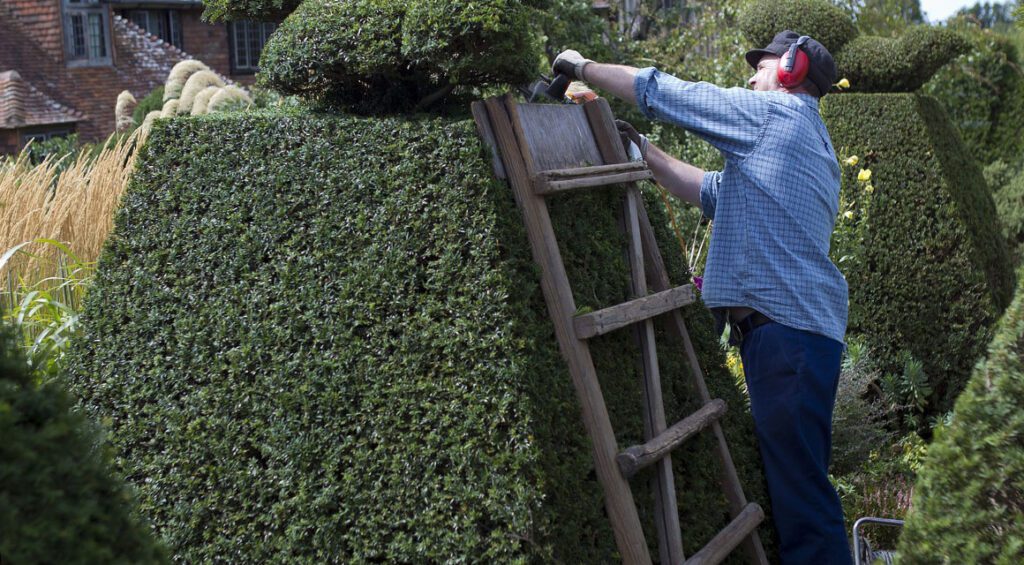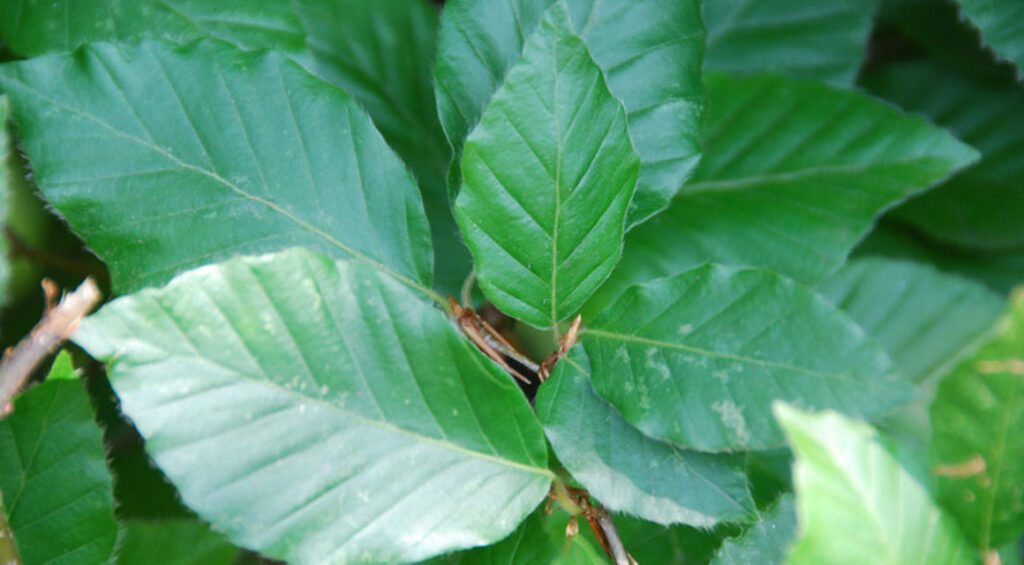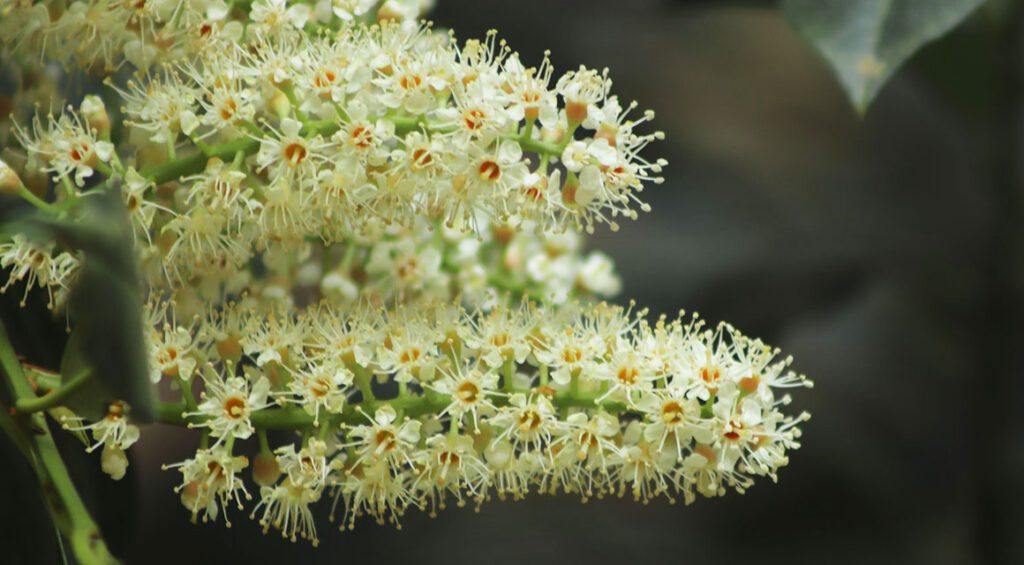But what makes plants good hedge plants? And what criteria do we use to select our hedge plants? We would like to give you an insight into the selection process so that you know why the hedge plants in our assortment are always a good choice.

Contents
Plants cope well with our climate
Not every plant copes well with the climate in our latitudes. Too much rain, strong winds and sub-zero temperatures can be a problem. There are plants that are not well equipped against our climate and suffer in heavy rains and a lot of wind. Some hedge plants in our assortment need a little extra help to develop into a beautiful hedge. Ivy, for example, needs a climbing support. Heavy plants such as flowering hydrangeas get a little more support with bamboo canes.
Not all plants in our assortment thrive equally well in every location. The soil in Europe varies greatly from region to region. All of our hedge plants have their own preferences when it comes to location, soil type and care. For a garden with heavy clay soil, where water drains poorly, hornbeam and water cypress are two of the few suitable hedge plants. In coastal regions, in addition to the wind, the salt in the air plays an important role. There, it is important to plant hedge plants that can withstand these conditions. Good examples are the oil willow and Griselinia littoralis. If you live in the city, you need a hedge like privet that can handle pollution well. Not all hedge plants are equally good hardy.
Of course, you can choose native plants that can withstand our climate. But there are also exotic hedge plants that thrive well in our latitudes. In our web store you will find all the information about the ideal location, care and protection from frost for each individual plant. So you can easily find the right hedge plant for your garden.

The plants are easy to cut
No plant grows by itself into the shape of a hedge. With espalier trees, the branches are guided into the right shape. With other hedges, you have to apply the hedge trimmer to get them into the right shape. That is why we make it a point to make our hedge plants easy to cut. If twigs or branches become too thick, it is difficult to cut them with pruning shears or hedge clippers. We also pay attention to this in the composition of our assortment.
Evergreen hedge plants and conifers should usually be trimmed more frequently than deciduous hedges. Deciduous plants do not necessarily need to be pruned if you want them to grow more freely. For a landscape hedge, this can be quite beneficial. That said, you should of course trim the branches that stick out to give the hedge a neat look.
Not every plant is easy to cut. Hawthorn, firethorn, blackthorn, and barberry have sharp thorns that help prevent intrusion, but at the same time make pruning difficult. Be sure to wear good gardening gloves when trimming these hedges. Keep in mind that the wood of some dogwoods becomes very hard in the winter, making it difficult to cut through the branches with simple garden tools. Therefore, in any case, make the cut before the cold season. Each hedge plant in our range is easy to cut.

The plants can be planted in groups
Hedges are planted by placing individual plants next to each other in the ground. This must be able to handle the plants, but not every plant is suitable. The roots of some plants need a lot of space to develop well. Otherwise, the roots of neighboring plants will easily get in each other’s way. All plants in our assortment are excellent for group plantings. Some can only be planted in gardens with enough space because of their large root systems. You can read how much space each plant needs in the detailed plant information.
If the roots have limited space, that can also be an advantage for a hedge. A good example of this is the beech hedge. Beech trees (Fagus sylvatica) can grow to impressive heights of 20 meters in the wild. Since the roots of a beech hedge cannot spread that far, it keeps its own growth in check. It will also not spread above ground in such a way that the plants impede each other’s growth.










